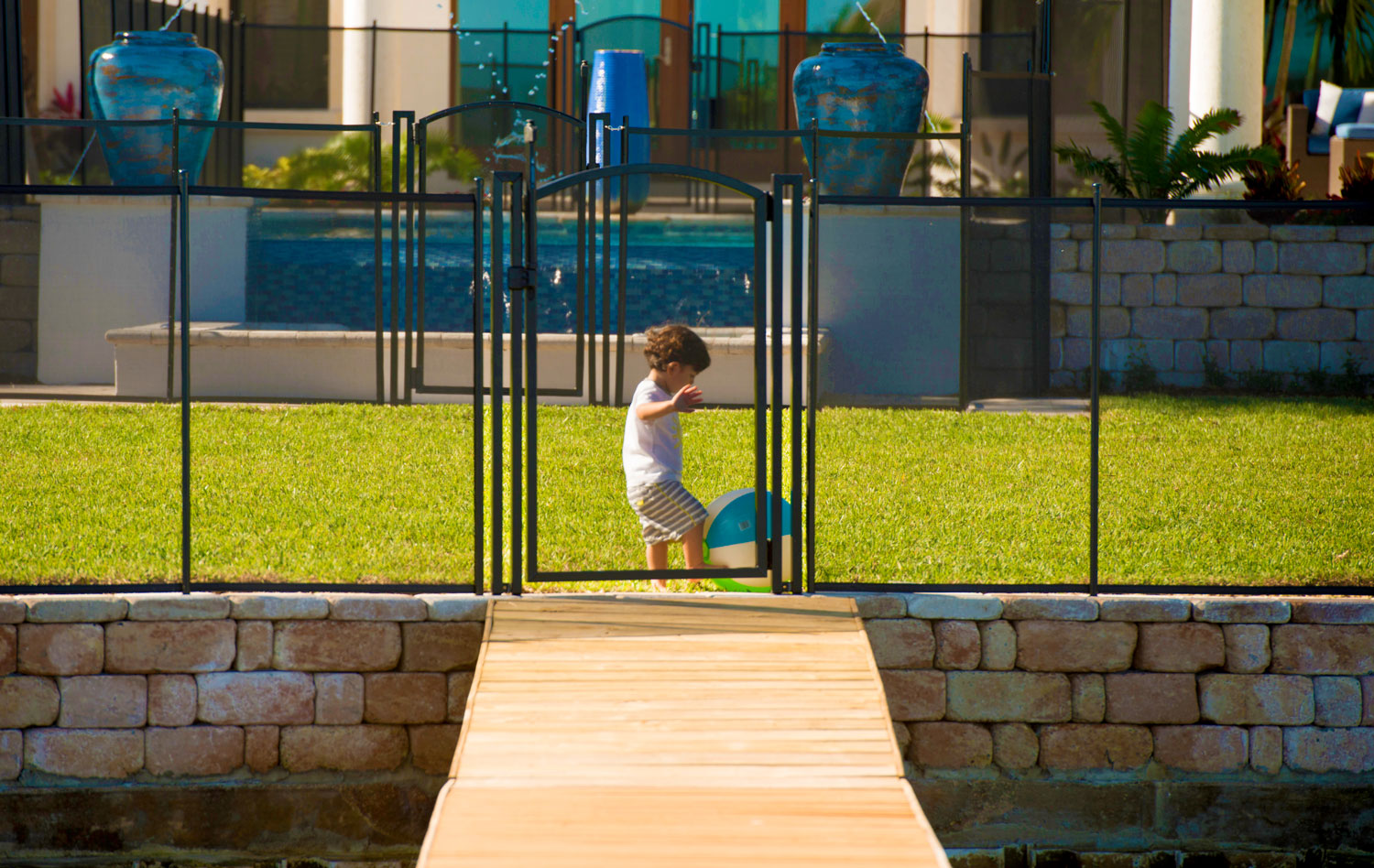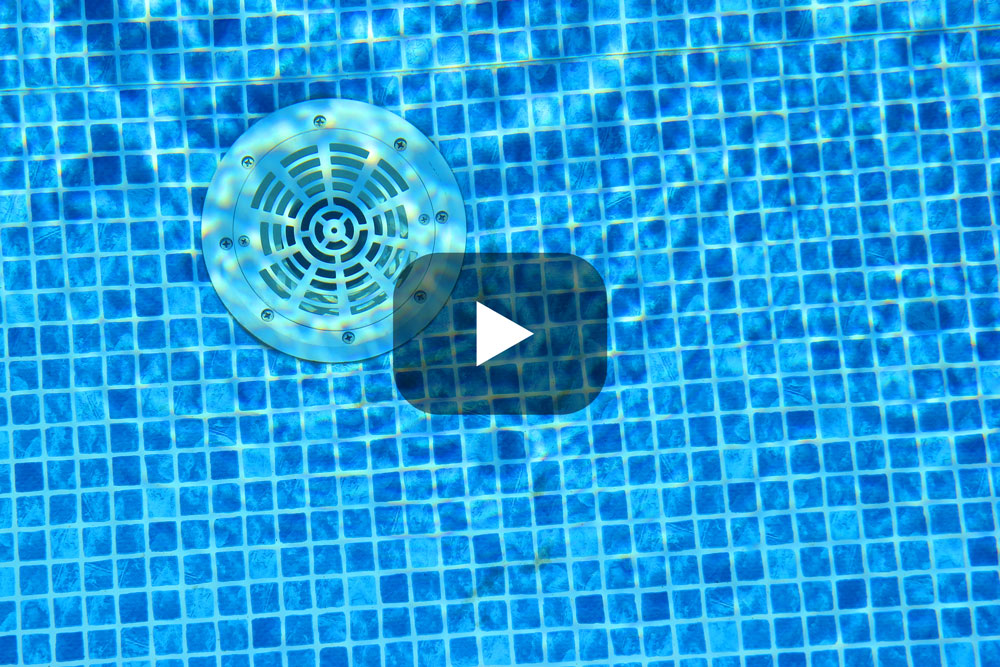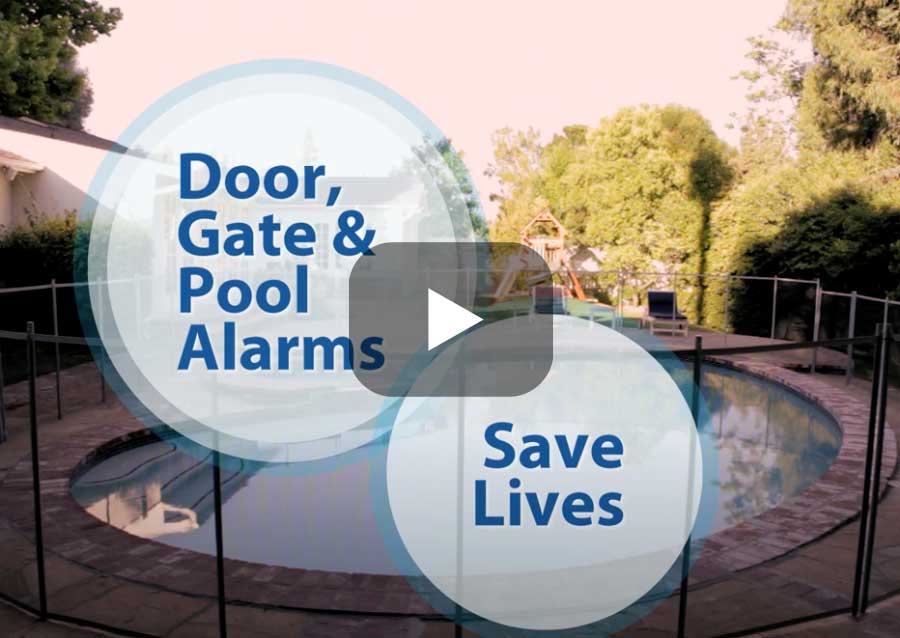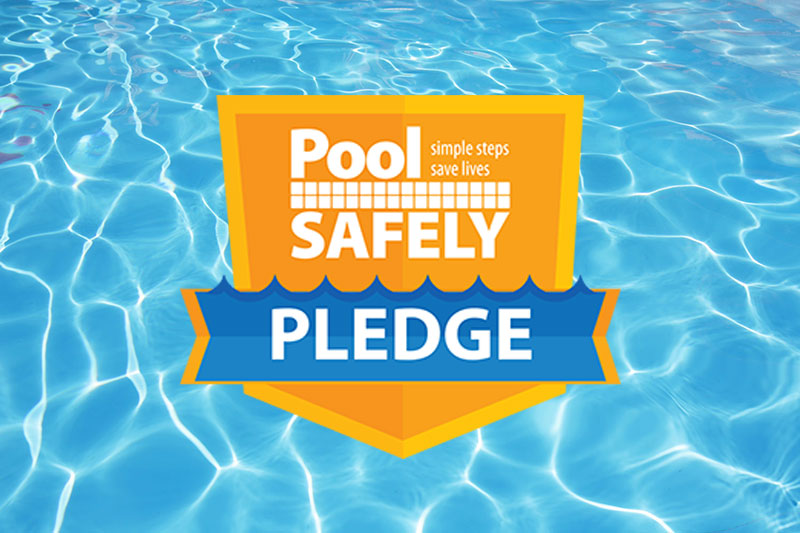Pool Safety Tips and Layers of Protection
Never Leave A Child Unattended In Or Near Water
Always watch children when they’re in or near water, and never leave them unattended. Designate an official Water Watcher, an adult tasked with supervising children in the water. That should be their only task – they shouldn’t be reading, texting or playing games on their phone. Have a phone close by at all times in case you need to call for help, and if a child is missing, check the pool first.


Teach Children How To Swim
Swimming is not only fun, it’s a lifesaving skill. Enroll children in swimming lessons; there are many free or reduced-cost options available from your local YMCA, USA Swimming chapter or Parks and Recreation Department.
Teach Children to Stay Away from Drains
Do not play or swim near drains or suction outlets, especially in spas and shallow pools, and never enter a pool or spa that has a loose, broken or missing drain cover. Children’s hair, limbs, jewelry or bathing suits can get stuck in a drain or suction opening. When using a spa, be sure to locate the emergency vacuum shutoff before getting in the water.

Install Protection
Proper fences, barriers, alarms and covers can be lifesaving devices. A fence of at least four feet in height should surround the pool or spa on all sides and should not be climbable for children. The water should only be accessible through a self-closing, self-latching gate. Teach children to never try to climb over the gate or fence. Install a door alarm from the house to the pool area, and keep pool and spa covers in working order.
Pool Alarms Are an Additional Layer of Protection
Drowning is fast and silent. One way to break the silence of drowning is with a pool alarm. Pool alarms come in many different varieties, ranging from alarms that float in the pool to devices that are worn on the child and alert when they are submerged. The problem with pool alarms is that they don't stop a drowning from happening, and the alarm only goes off when an emergency situation has already started. Pool alarms can also be prone to false alarms, which can cause people to ignore them or turn them off.
However, pool alarms make an excellent backup layer of protection, to be used in conjunction with parent supervision, high locks on doors and windows, removable mesh pool safety fencing, infant swim survival training, and CPR.

Know How To Perform CPR On Children & Adults
Often, bystanders are the first to aid a drowning victim, so learning CPR can help save a life. And once you’re CPR certified, make sure to keep your certification current. CPR classes are available through many hospitals, community centers, or by contacting the American Red Cross.
Take The Pledge!
Before heading to the pool or spa with your family, remember to take the Pool Safely Pledge. This online call to action is a reminder to stay safer around the water.





